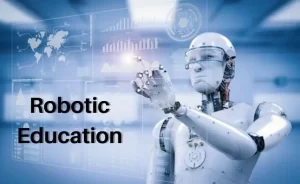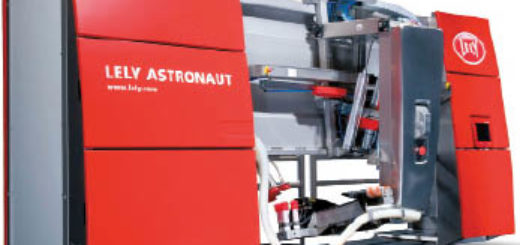Robots importance and risks, Where is robotics used? and How do robots work?
Robots are used in manufacturing to perform dangerous or repetitive tasks, allowing humans to focus on other areas. Robots are helping doctors! Surgical robots are used in some operations to provide greater precision and control, potentially leading to better patient outcomes.
Robots importance
The first robot ever wasn’t even electric! Around 400 BC, a Greek scientist created a steam-powered flying bird robot. The word “robot” comes from the Czech word “robota” meaning “forced labor.” Sounds serious, but today robots help us in so many ways.
You can carry a tiny robot in your pocket. Some phones have AI chatbots that use a bit of robotics to answer your questions. Chatbots that answer questions and respond to requests online are a type of robot powered by Artificial Intelligence (AI). Chatbots may be helping you with customer service.
Over half the world’s robots are made in Japan. Your tomatoes can have a robotic buddy! A robot in Japan can rest on your shoulders and give you a tomato while you run. Research is underway for robots to assist the elderly, help with housework, and be companions for people with disabilities.
Robots are keeping us healthy! Surgical robots help doctors perform delicate procedures with incredible precision. Your groceries might be picked by a robot: Many warehouses and distribution centers use robots to whiz around and pick up items, making deliveries faster and more efficient.
While modern robots are complex, the idea goes back way before computers. Early robots were around even before Leonardo da Vinci, While da Vinci’s sketches of a mechanical knight are famous, the ancient Greeks built early robots using water clocks and steam power.
Advantages of robots
Robots can work in extreme environments that would be harmful to humans. Robots can be very precise and accurate in their movements. Robots can work tirelessly for long periods, They can perform tasks that are dangerous or repetitive for humans.
Say goodbye to human error! Robots can perform actions with incredible accuracy, leading to high-quality products, and improving quality control. While the initial investment can be high, robots can save money in the long run by reducing labor costs, improving efficiency, and minimizing errors.
Robots can tirelessly perform repetitive tasks, boosting production and efficiency in factories and assembly lines.
Unwavering precision is a robotic specialty. They can consistently produce high-quality goods and complete delicate procedures with minimal errors.
Robots can take on dangerous jobs in hazardous environments, protecting human workers from potential harm. No breaks, no vacations – robots can tirelessly work 24/7, which can be ideal for continuous processes, keeping operations running smoothly.
Robots can handle hazardous or uncomfortable conditions that would be dangerous for humans, like bomb disposal or deep-sea exploration, or radioactive cleanup, keeping people safe. Surgical robots assist doctors with minimally invasive procedures, potentially improving patient outcomes.
Disadvantages of Robots
As robots take over more tasks, there are concerns about job losses in certain sectors, They can displace human workers, leading to unemployment. they can be expensive to purchase. Developing, installing, and maintaining robots can be expensive, especially for small businesses to get started, requiring upfront costs that may not be feasible for all businesses.
A malfunctioning robot can halt production and cause delays until it’s repaired. As robots become more sophisticated, There is a risk that robots could malfunction or be hacked, which could cause safety hazards. Robots rely on proper programming and maintenance. If something goes wrong, it can disrupt operations.
While robots excel at following instructions, they currently lack the creativity and problem-solving skills of humans. As robots become more sophisticated, ethical questions arise about their use and potential impact on society.
Over-reliance on robots could make us vulnerable if there are system crashes or technical issues. AI Robots can be complex to program and operate, There is a risk that robots could malfunction or be hacked, which could cause safety hazards.
You can follow Science Online on YouTube from this link: Science online
Robots types, advantages, uses, features & models (Humanoid, Military, Industrial, Nano-robots)
Artificial intelligence (AI) definition, advantages, disadvantages, features & applications
Advantages and disadvantages of using robots in our life
Types, use, and importance of Robots in the Workplace




